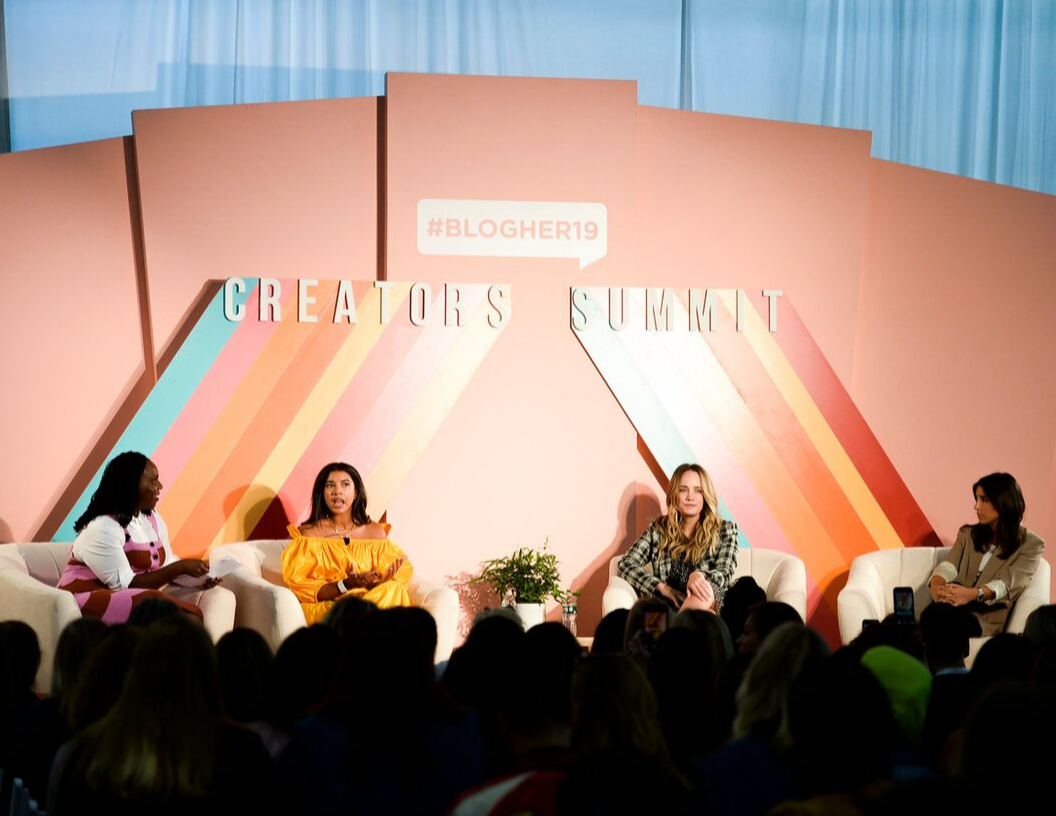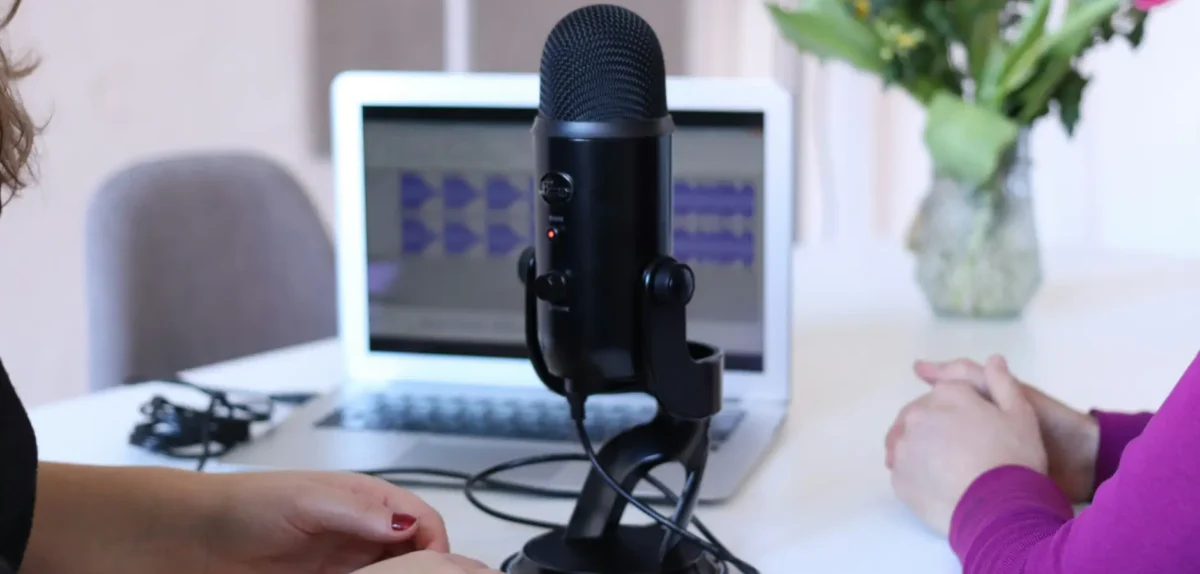
Blog
Ultimate guide to partnership marketing

Blog
Shear Success: How Harry’s Grooms Partnerships for 75%+ Revenue Growth [Video]

Blog
Five Tips for Business Savvy Influencers from BlogHer

Blog
Meet the Creators: Three Rising Stars From the 2019 BlogHer Influencer Conference

Blog
Lead Partnership Programs Have Come of Age—Learn Why with Acceleration Partners
Blog
GasBuddy + Audible, Airbnb + 23andMe, Carnival + Michaels: Lessons from Top Partnerships
Editors picks

Blog
Ultimate guide to affiliate marketing in financial services

Blog
Ultimate guide to SaaS affiliate marketing

Blog
Ultimate guide to partnership marketing

Blog
Ultimate guide to influencer marketing

Blog
Ultimate guide to affiliate marketing

Blog
Ultimate guide to lead generation fraud

Blog
Ultimate guide to commerce content

Blog
How much do influencers charge per post in 2024?

Blog
6 questions to consider when determining your content creator rates

Blog
5 personalized outreach tactics to bulletproof your influencer partnerships

Blog
7 effective practices for better brand collaborations with influencers

Blog
What major media publishers can learn from influencers during times of change

Blog
How merging affiliate and influencer marketing expands reach, strengthens credibility, and accelerates conversions

Blog
Influencer rate card: what it is and how to use it for negotiations

Blog
6 must-have marketing strategies for your Shopify store in 2024

Blog
Creators, here’s why you didn’t get accepted to that brand campaign

Blog
Why affiliates and referrals are the top marketing channels for SaaS

Blog
How software can support SaaS affiliate partner management

Blog
How to find the right platform for SaaS affiliate marketing

Blog
Affiliate marketing: why it’s an effective SaaS distribution channel and how to get started

Blog
SaaS affiliate marketing: common partnerships and how they work for affiliate marketing

Blog
Successful SaaS affiliate marketing examples